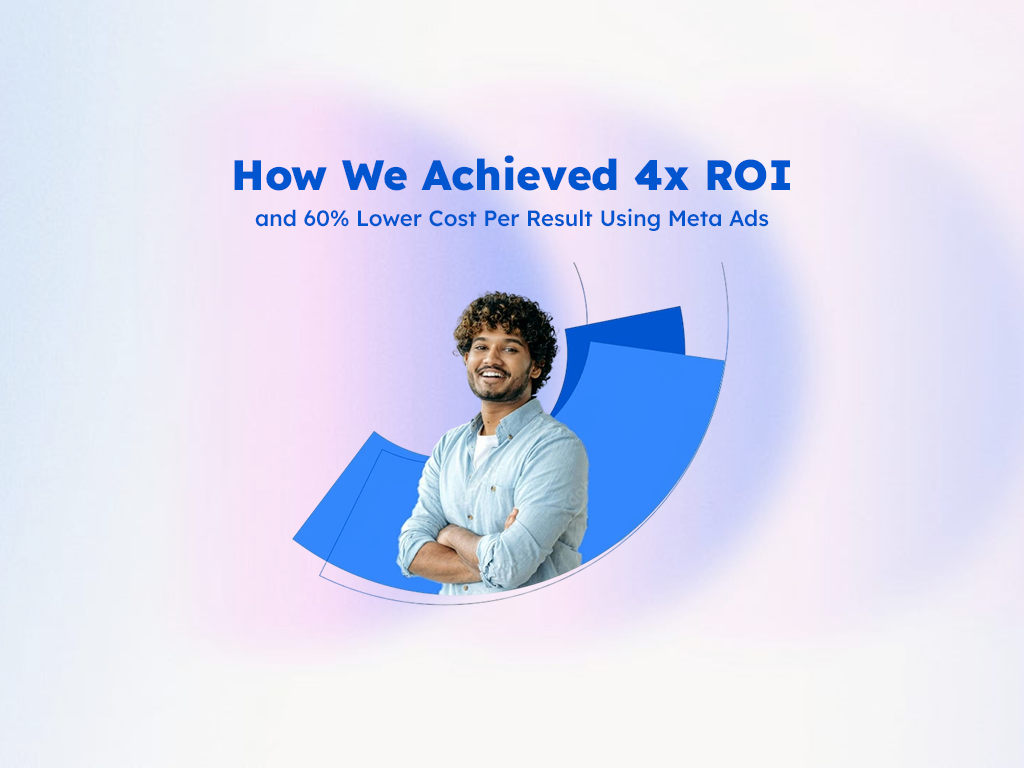The ecommerce landscape in 2025 is full of opportunity, and for Canadian entrepreneurs, the timing has never been better. Over the past decade, the way people shop has shifted dramatically, with consumers embracing online stores as their go-to option for everything from groceries to fashion.
The global ecommerce market is projected to surpass seven trillion dollars this year, and Canada itself is seeing steady growth in online sales as shoppers demand convenience, competitive pricing, and fast delivery. The good news is that launching a profitable ecommerce business in 2025 no longer requires massive investment or technical expertise. With the right niche, a solid platform, and effective marketing strategies, anyone can build a store from scratch and position it for success.
Why 2025 is the Best Year to Start an Ecommerce Business
Ecommerce is not just a trend; it has become a fundamental part of modern retail. In 2025, several forces are creating ideal conditions for new businesses to thrive. Consumers are shopping more on their smartphones than ever before, and mobile-first shopping experiences are now the norm. Artificial intelligence is shaping the way stores recommend products, ensuring that customers receive a highly personalized experience.
Social commerce has also matured, with platforms like TikTok, Instagram, and Facebook Marketplace integrating one-click shopping features that drive impulse purchases. Augmented reality and virtual try-on tools are no longer futuristic concepts—they are standard in industries like fashion, furniture, and beauty. Payment options have expanded too, with Buy Now Pay Later services, digital wallets, and even Web3 payments offering flexibility and convenience. For Canadian entrepreneurs, this means the barriers to entry are lower, and the opportunities to compete globally are greater than ever before.
Step 1 – Choosing a Profitable Ecommerce Niche
Every profitable ecommerce business begins with a niche. Choosing the right niche in 2025 requires balancing passion with market demand. Broad categories are saturated, so success lies in identifying targeted segments where customer needs are underserved. For example, eco-friendly products are booming as Canadian consumers become more environmentally conscious. Health and wellness items such as supplements, yoga gear, and meditation tools are in high demand as lifestyles shift toward self-care.
Pet products remain a strong niche, with innovations in smart accessories and sustainable food options attracting dedicated owners. Remote work continues to influence buying habits, creating opportunities for ergonomic office furniture and portable tech solutions. Even digital products such as templates, courses, and AI-driven tools are rising in popularity because they require no inventory and deliver high margins. To validate a niche, it is wise to use research tools such as Google Trends, SEMrush, or Jungle Scout to confirm that demand is consistent and the competitive landscape is not oversaturated.
Step 2 – Selecting the Right Ecommerce Business Model
Once a niche is identified, the next decision is choosing a business model. In 2025, Canadian entrepreneurs have multiple options. Dropshipping remains attractive because it allows businesses to sell without holding inventory, though it comes with slim profit margins and reliance on suppliers. Print-on-demand is ideal for creatives who want to design custom products like apparel and home décor without investing in bulk stock.
Private label businesses, on the other hand, offer stronger profit potential and long-term brand equity by sourcing products, branding them, and selling under a unique identity. Wholesale and reselling are also profitable, especially for entrepreneurs with access to local suppliers, though they require higher upfront investment. Finally, digital products are gaining traction as a sustainable model because they involve minimal costs, high profit margins, and instant delivery. The choice of model depends on budget, goals, and appetite for risk, but each offers a pathway to building a profitable online business in 2025.
Step 3 – Building Your Online Store
Building an online store has never been easier, thanks to platforms that provide ready-to-use solutions. In Canada, Shopify is particularly popular as a homegrown success story and global ecommerce leader. It offers robust tools that allow beginners to launch quickly while giving advanced sellers the flexibility to scale. WooCommerce, integrated with WordPress, is a strong choice for those who want full control over their website. Unicart also provide beginner-friendly platforms with advanced features for fast-growing brands.
Setting up a store involves choosing a domain name, installing a mobile-responsive theme, connecting secure payment gateways such as PayPal, Stripe, and Apple Pay, and configuring add-ons for reviews, email capture, and upselling. Canadian businesses must also consider local payment options and tax compliance to build trust with domestic shoppers. Ultimately, success comes down to offering a seamless user experience with fast-loading pages, intuitive navigation, and a checkout process that minimizes friction.
Step 4 – Sourcing Products and Managing Fulfillment
After building a store, sourcing products and managing fulfillment become critical steps. Entrepreneurs can partner with global suppliers through platforms like Alibaba or AliExpress, but many Canadian businesses are finding value in working with local wholesalers to reduce shipping times and appeal to customers who prefer domestic products.
Print-on-demand services such as Printful or Gelato make it easy to launch customized product lines, while dropshipping apps streamline integration between suppliers and storefronts. For fulfillment, businesses can handle shipping themselves, outsource to third-party logistics companies, or use Amazon FBA for storage and distribution.
Regardless of the method, transparency and speed are vital. Customers in 2025 expect real-time tracking, competitive delivery timelines, and clear return policies. Providing these services not only builds trust but also sets a business apart in a crowded marketplace.
Step 5 – Marketing Your Ecommerce Business
Driving traffic and generating sales is the lifeblood of ecommerce, and in 2025, the marketing landscape is rich with opportunities. Search engine optimization remains a cornerstone, helping online stores rank for targeted keywords such as “best eco-friendly products in Canada” or “profitable ecommerce niches 2025.” Content marketing, including blogs, videos, and tutorials, helps establish authority and attract organic visitors.
Social media platforms like TikTok and Instagram are powerful tools for product promotion, especially with the rise of influencer marketing and user-generated content. Paid advertising on Meta, TikTok, and Google Shopping campaigns offers instant visibility, while email marketing continues to deliver exceptional returns on investment.
Social commerce integrations now allow Canadian businesses to sell directly through TikTok Shop or Instagram Shopping, shortening the path from discovery to purchase. The most successful stores focus on building community and trust by encouraging customers to share authentic reviews, photos, and unboxing experiences.
Step 6 – Scaling for Profitability
Once the first wave of sales arrives, the focus shifts to scaling. In 2025, scaling means optimizing conversion rates, improving customer retention, and maximizing lifetime value. Canadian ecommerce entrepreneurs are using A/B testing to refine product pages and checkout flows, ensuring that visitors are converted into buyers at the highest possible rate.
Retention strategies, such as loyalty programs, subscription models, and personalized email campaigns, help strengthen customer relationships. Upselling and cross-selling remain powerful techniques, encouraging shoppers to spend more per order.
Artificial intelligence now plays a crucial role in scaling, with tools that analyze data, personalize product recommendations, and automate customer service. By combining optimization with smart automation, businesses can scale without dramatically increasing costs, keeping profitability high while growth accelerates.
Legal & Compliance Considerations
Running a legitimate ecommerce business requires more than just sales; it requires compliance. Canadian businesses must be properly registered, whether as a sole proprietorship, partnership, or corporation. Understanding tax obligations, including GST/HST collection, is essential to avoid penalties.
Privacy compliance is another critical issue in 2025, with rules such as GDPR in Europe and CCPA in California influencing global ecommerce practices. Canadian companies must prioritize transparent data collection policies and ensure cookie usage complies with local and international standards. Clear return and refund policies also help prevent disputes and enhance trust, which is especially important in online transactions where physical interaction is limited.
Common Mistakes Beginners Make (and How to Avoid Them)
Many entrepreneurs stumble during their early attempts at ecommerce. A common mistake is selecting a niche based solely on personal interest without validating market demand. Others rely entirely on paid advertising without building a foundation of organic traffic through SEO and content marketing.
Neglecting customer experience—such as offering slow shipping or failing to provide timely support—can quickly erode trust. Another pitfall is failing to build a recognizable brand, instead selling random products without consistency or identity. Avoiding these mistakes requires research, patience, and a commitment to creating value for customers.
Turning Your 2025 Ecommerce Idea into a Profitable Business
Starting an ecommerce business from scratch in 2025 may seem daunting, but the opportunities outweigh the challenges. By selecting the right niche, choosing a suitable business model, building a professional online store, sourcing products effectively, and applying a thoughtful marketing strategy, Canadian entrepreneurs can position themselves for long-term success.
Scaling through optimization, customer retention, and AI-driven personalization ensures profitability grows alongside sales. The ecommerce market is not slowing down, and for those ready to take the leap, 2025 offers the perfect environment to build an online store that is both profitable and sustainable. The first step may feel small, but it is often the one that leads to the biggest transformation.
Frequently Asked Questions
Is 2025 a good year to start an ecommerce business in Canada?
Yes. The Canadian ecommerce market continues to grow in 2025 with rising mobile-first shopping, AI-powered personalization, and social commerce trends. It’s a strong time for entrepreneurs to launch online stores, provided they validate demand and focus on customer experience.
What are the most profitable ecommerce niches in 2025?
Top ecommerce niches in 2025 include eco-friendly products, health and wellness, pet care, AI-powered digital tools, and remote work essentials. These areas show sustained demand, favourable margins, and strong growth potential in Canada.
Which is the best ecommerce platform for Canadian businesses?
Shopify is the most popular ecommerce platform in Canada and is ideal for many store owners due to its ease of use and feature set. WooCommerce, Wix eCommerce, and BigCommerce are also excellent choices depending on your requirements for control, customization, and scalability.
How much does it cost to start an ecommerce business in Canada?
Costs vary by business model. Dropshipping and print-on-demand can start for under $500, while private label or wholesale models usually require several thousand dollars in inventory, branding, and marketing. Plan for platform fees, marketing, product sourcing, and legal/tax setup.
Do I need to register my ecommerce business in Canada?
Yes. It’s recommended to register your business (sole proprietorship, partnership, or corporation) and understand tax obligations like GST/HST. You should also have clear privacy and return policies to comply with Canadian and international regulations.


